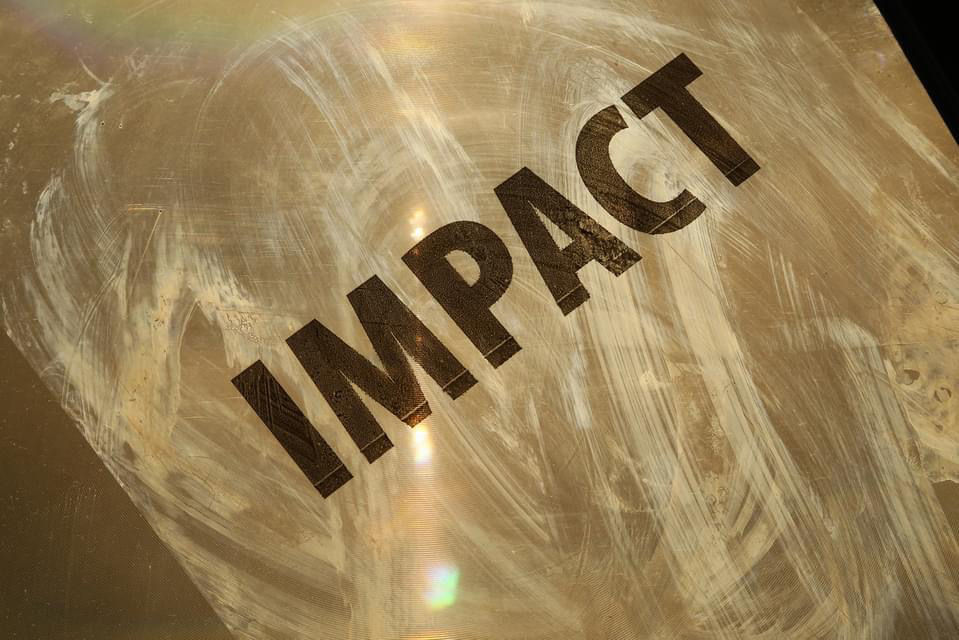We may not be able to present you with the “unique and definitive” definition of what creativity is in today's innovation-oriented organizations, but we know how to activate it. In professional organizations, creativity has to do with culture, processes, systems, space, organizational structures and design.
For innovative organizations, having a creative culture is their “support and reason for being”. As with any living being, creativity has to be sown, watered, cared for and preserved very carefully throughout the life of organizations. A “culture” of creativity is the equivalent of a vital support system for enduring organizations.
This complicity between “creative culture” and professional organizations stems from their deepest foundations, it has to be linked to the organization's DNA, purpose, values, vision and mission.
Only organizations that take creative culture seriously can succeed in today's complex and competitive innovation landscape, and gain recognition from consumers as an “innovative organization” with which they can dialogue.
The question is: how can an organization focused on innovation create, build and implement a “creative culture”? For the past fifteen years, one word has been a possible answer: Design.
Why?
Because we see it as a logical sequential process, a journey that we have to undertake, step by step, in order to find the most creative and innovative solution possible to any initial problem presented.
For us, more important than the definition are the principles. Design principles are the real reason why professional organizations need to adapt design processes to shape a creative culture oriented towards innovation in their structures, through a mindset of trust, a human-centred, multidisciplinary, collaborative/ co-creation, of constructions and above all through a living system.
Creativity is a human asset, we are all creative people. However, some of us build internal barriers throughout our lives that inhibit us from expressing our fullest potential. Likewise, through the evolution of organizations, extremely difficult barriers are created with regard to management strategies and concepts.
These barriers, such as hierarchies, closed innovation and development departments, shareholder profit maximization, among others, do not allow creativity to follow its natural course.
The design mindset and processes are helping companies to become more “innovatively inclusive” with their employees, to have more open and co-creative approaches with consumers.
The driving force behind the considerable increase in the relevance of design in all sectors of our economy, from production to services and entrepreneurial initiatives, demonstrates that design is a professional activity of the past, present and future!
Author: Susana Leonor, PhD in Design, is the director of the Communication Design Degree at ISMAT



















Comments